Celebrating Women’s History Month - Part Two
Published March 23, 2021
March is Women’s History Month! To celebrate, learn about some of the women working in EPA’s Office of Research and Development to protect human health and the environment.
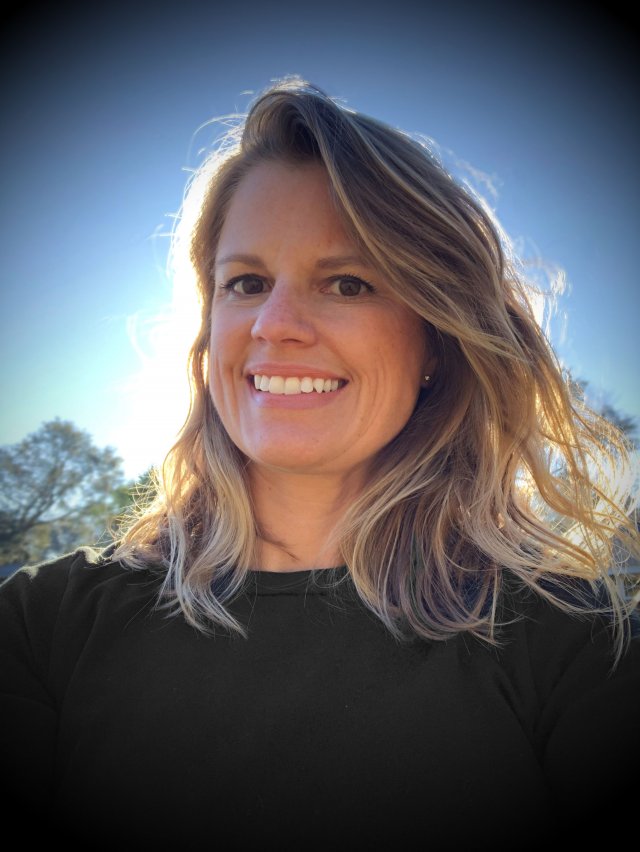
Cheryl Hankins, M.Sc., Research Biologist
How does your work at EPA help protect public health and the environment?
My work largely focuses on coral reefs. Our lab investigates growth effects of environmental stressors, primarily land-based, on coral that may adversely impact reef habitats as well as to define threshold values of stressors. By providing data to inform policy decisions and monitoring guidelines, we are supporting the Clean Water Act which aims to maintain the natural habitat of a region.
What was your most challenging experience in school or work and how did you overcome it?
In 2016, I applied for a Regional Applied Research Effort (RARE) grant, which is an internal EPA funding program. It was awarded, and it was my first opportunity to lead a research effort. There were a lot of ‘firsts’ involved; my first time writing a RARE project plan, writing a Quality Assurance Project Plan, contracting outside work, budgeting a large amount of money, planning logistics of field collections, and developing laboratory experiments. I will be honest; it was quite overwhelming but in 2018 we published some of our results in a peer reviewed journal. Although it was a challenging experience, it will always be one of the most rewarding.
Do you have any advice for young people interested in careers like yours?
Explore your options. The science field is so broad, there are many different avenues that could be pursued. Volunteer, talk with professionals, take tours, anything you can do to find the specific niche in the science field that you would like to pursue. Once you find that niche, stay focused and do not lose your determination. The work and hardships you face in the pursuit are that much more glorious when you reach your goal!
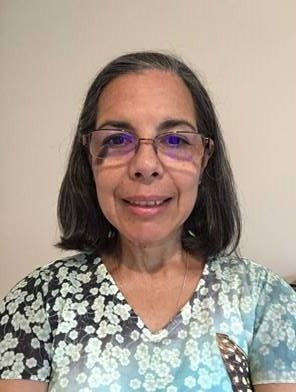
Myriam Medina-Vera, Branch Chief, Multimedia Methods Branch, Center of Environmental Modeling and Measurement
How does your work at EPA help protect public health and the environment?
I am the branch chief for the Multimedia Methods Branch in the Center of Environmental Modeling and Measurement in EPA’s Office of Research and Development. I have the privilege to work with a team of excellent researchers. Our work as a team is to develop and apply sampling technologies and analytical methods to characterize human and environmental exposures. We use sensitive, sophisticated analytical instrumentation to gather environmental exposure data that is used to support agency modeling efforts, regulatory decisions and environmental statues such as the Toxic Substances Control Act (TSCA) and the Comprehensive Environmental Response, Compensation, and Liability Act (CERCLA, also known as Superfund). It is very exciting to know that our research is applied and used to solve problems. Some examples include the use of lead and arsenic data that resulted in a change of the Agency’s default value used for exposure calculations in contaminated soils; the development of non-targeted analysis that resulted in the discovery of new PFAS compounds and assignment of CAS numbers based on the published results; and the support to regional and state partners in the areas of toxic metals, PFAS and vapor intrusion. Our data has assisted our program offices, regions, and states to take measures focused on reducing potential hazardous exposures. Our research makes a tangible difference in the protection of human health and the environment.
What was your most challenging experience in school or work and how did you overcome it?
I would say that my most challenging experience in school and my first years at EPA was my shyness. I realized that to accomplish my goals I needed to be assertive and communicate effectively with others. I received a great lesson when I was in graduate school. Our research lab needed a piece of equipment and I was asked if I would make the case for it. I went to my advisor who was the dean of the chemistry department to discuss the equipment needed with him. To my surprise, he did not focus on the equipment- I was told to start writing my thesis because I was ready to graduate. Puzzled, I asked why. His answer was “you finally learned to speak up”. I have to say, if I had known, I would had spoken up earlier, but I got the point. I realized that to accomplish my professional and personal goals I needed to be assertive and communicate effectively with others even if I was hesitant. EPA has provided an excellent environment for my professional development. I have learned to overcome my shyness in the workplace through trainings, excellent mentors, and thoughtful colleagues than encouraged me to “step-up”. EPA has become my second family.
Do you have any advice for young people interested in careers like yours?
Science keeps us sharp and provides a sense of wonder. Even when you feel hesitant about trying something new, do not be afraid. You can learn scientific skills but also remember that you also need to develop people skills to be successful. Surround yourself with positive people that can mentor and guide you and finally, never give up. Failure is part of the process and makes us appreciate success even more.

Autumn Oczkowski, Ph.D., Research Ecologist
How does your work at EPA help protect public health and the environment?
I work to understand the confluence between people and coastal environments. Some of my current projects document how coastal ecosystems recover from reduced nutrient loads. Other projects assess how estuaries have changed over time and how accelerated nutrient inputs from human sources may have affected these changes. I am increasingly centering environmental justice issues in my work. It is my hope that, by better understanding environmental responses to our actions, we can make more informed decisions in the future.
What was your most challenging experience in school or work and how did you overcome it?
I had a real wake-up call my freshman year in college. Up until that point, I had skated by academically and found myself completely unprepared for the rigors of college academia. My first semester was a disaster and my grades were abysmal. I had to regroup and learn how to study. In my second semester, I kept a challenging course load but doubled down and began studying hard. Despite long hours in the library, I didn’t do much better. I learned how my friends studied, met with professors to accept their mentorship, and changed my work-study to something meaningful, working with a local conservation council. It felt bad to be trying so hard with almost nothing to show for it and I was a little lost without my identity as a ‘good student.’
My life then was small incremental achievements punctuated by setbacks. It took me a while to figure out how I learned and by the end of my second year I was doing great, with a work-study that gave me purpose beyond the grades that I earned. Through this process, I found that I loved trying to understand the world around me and making things better for others. I came to appreciate the slow climb up a steep learning curve. That first big freshman year failure set me up for everything I have achieved since. It fundamentally changed who I am and how I approach life, both academically and personally. It made me brave (at least sometimes) and (hopefully) humble. Awards and honors are great, but have you ever tried coming back from failure?
Do you have any advice for young people interested in careers like yours?
Read and learn your academic stuff but also work on knowing yourself. Learn what makes you tick: what you like and don’t like, how you learn, what you find fulfilling, what you’re good at, and what you need to work on. Knowing who you are and what you want or need, at least for now, allows you to make better decisions for yourself.
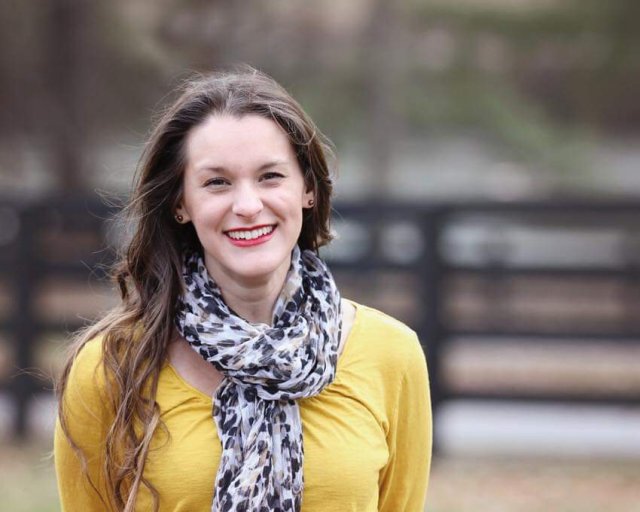
Brittany Stuart, Director of Quality Assurance, Center for Environmental Measurement and Modeling
How does your work at EPA help protect public health and the environment?
EPA’s Center for Environmental Measurement & Modeling (CEMM) conducts research to advance the Agency’s ability to measure and model contaminants in the environment, including research to provide fundamental methods and models needed to implement environmental statutes. As a quality assurance professional, I provide research support by applying my scientific and technical expertise in quality management systems, quality assurance/quality control, and process improvement to strengthen environmental research. I work with a trusted and knowledgeable team to ensure CEMM’s research is robust, defensible, traceable, and reproducible. We advise researchers during project planning and provide oversight during project implementation and product delivery. We focus on developing new or continuously improving existing quality policies, procedures, and resources so that CEMM research produces verifiable scientific results that meet and exceed Agency quality requirements.
What was your most challenging experience in school or work and how did you overcome it?
My biggest challenge at work has been trying to find an appropriate work-life balance that will still support the goals I have for both my career and personal life. I like to work with others, seek out opportunities and take on challenges that push me to develop and enhance different skills, but this can sometimes lead to being overcommitted and overworked. As a result, I miss out on time with my (soon-to-be two) small children.
Overcoming this challenge continues to be a work in progress. I have learned to be more organized, prioritize tasks daily, and delegate where possible. I communicate regularly with my supervisor about my workload and have become more cognizant of my commitments. If new opportunities arise, I may have to turn them down (saying “No” is hard!) or recommend others for the opportunity. At home, my husband serves as my accountability partner. He gently reminds me late in the day that it is family time and to walk away. I have realized that expectations of perfection in either aspect of my life are not reasonable nor attainable and to focus more on happiness, balance, and personal and professional growth.
Do you have any advice for young people interested in careers like yours?
A career isn’t always a linear journey for which you do not have to plan out the intricate details. Find your passion, sit back, and enjoy the ride! When I graduated college with a B.S. in Chemistry, I felt pressured to figure out what I was going to do for the rest of my life, and I had no idea! No one grows up to say they want to be in quality assurance. Most graduates do not even know what quality assurance is! I knew I was passionate about science and wanted to be in a field that applied science in such a way to make a big impact. I started with EPA as a bench chemist and have worked through various roles into the position I am in today. I love what I do and get to work with amazing scientists who are passionate about their impactful research.
Do not be afraid to take risks to make things happen. Don’t let your inner doubt hold you back. I had gotten to a point in my career where I felt trapped and that I had reached my potential. To mix things up, I decided to take a leap and go back to school while working to obtain my Master’s in Public Health. I took on multiple roles and initiatives in additional to my regular job duties, developing both technical skills and personal skills. This led to me to applying and being offered a position that I did not think I was necessarily qualified for, and transitioning industries from physical science to quality assurance. I find that I can exercise both my technical expertise and interpersonal skills to create a positive work environment for myself and those around me. Had I not taken action or volunteered for additional responsibility, many doors or windows may have remained shut.
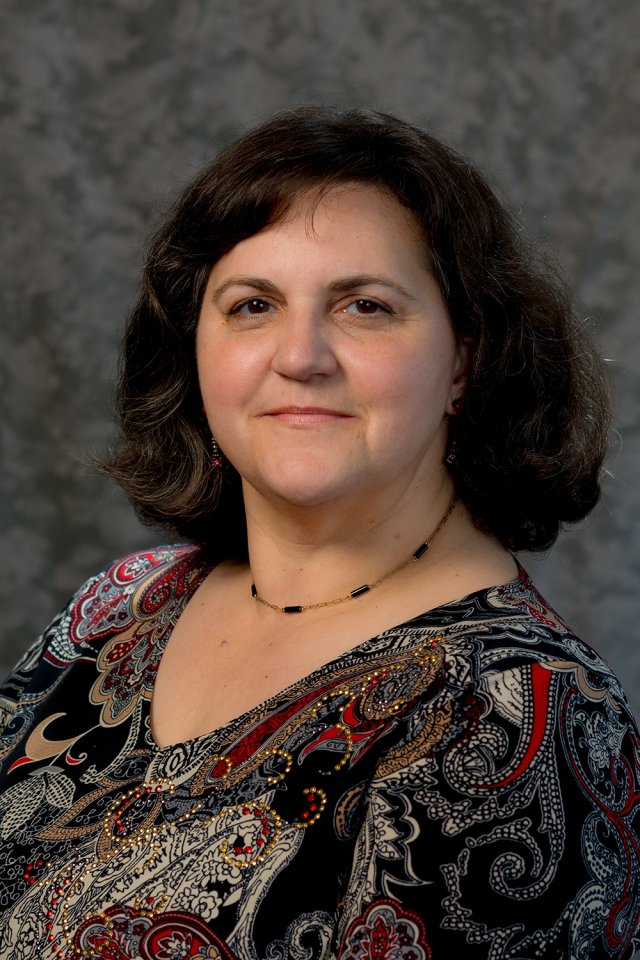
Felicia Barnett, Director, Site Characterization and Monitoring Technical Support Center, EPA Region 4 Superfund and Technology Liaison
How does your work at EPA help protect public health and the environment?
As both the Site Characterization and Monitoring Technical Support Center Director and the Region 4 Superfund and Technology Liaison, I provide EPA Regions and Program Offices with EPA’s Office of Research and Development (ORD) technical support in hazardous waste investigation and remediation. Regional hazardous waste project managers are responsible for all aspects of the site investigation and cleanup process. There are many times during the process that additional expertise is required to ensure that the best scientific practices and techniques are being used and applied correctly. I assist the Region in obtaining this support from ORD when it is not available to them within the Region. Support is provided through my own reviews and internal ORD and external contract experts enabling the Regions make decisions protective of human health and the environment in a timely and effective manner.
What was your most challenging experience in school or work and how did you overcome it?
Technology has advanced at a rapid pace since I started working with the Agency in 1985. I remember punch card and paper tape programming on computers in my early jobs prior to joining EPA. At EPA , there was only a word processor for the support staff, and we had to work around their time to use it. We did not have computers at our desks, and everything was done on paper for a number of years. As that changed, I needed to learn new systems, technology, and improve my keyboard skills. That took adapting to new technology but also to new social interaction. Computer communication and then social media was not a part of my school time or the first years of work. Understanding how people interact is important to communicating scientific knowledge and imparting site and risk information to colleagues and the public. Generally introverted, communication is not an area I find comfortable to work in, but I have learned that working with and learning from experts in our information technology and communications support is as important as working with hazardous waste research experts. The only way to provide the best research and technical support is to also be able to communicate it in ways the targeted audience can easily comprehend it. This is not only for the general public outside the Agency but from one program individual to another as everyone has different background knowledge and expertise.
Do you have any advice for young people interested in careers like yours?
Learn the basics and intricacies of your Science, Technology, Engineering and Math (STEM) profession but don’t be afraid to do other jobs and learn other areas of training and expertise along the way. My years in high school working in an office doing payroll and accounts receivable have been invaluable in supporting the Agency through contracts and financial funding for technical projects. Working on a truck loading dock prepared me for hot days working in the field taking samples. Growing up on the family farm made me appreciate the role of animals and plants in our environment and take an interest in phytoremediation. You might find more than one area of expertise that is enjoyable and useful to you.
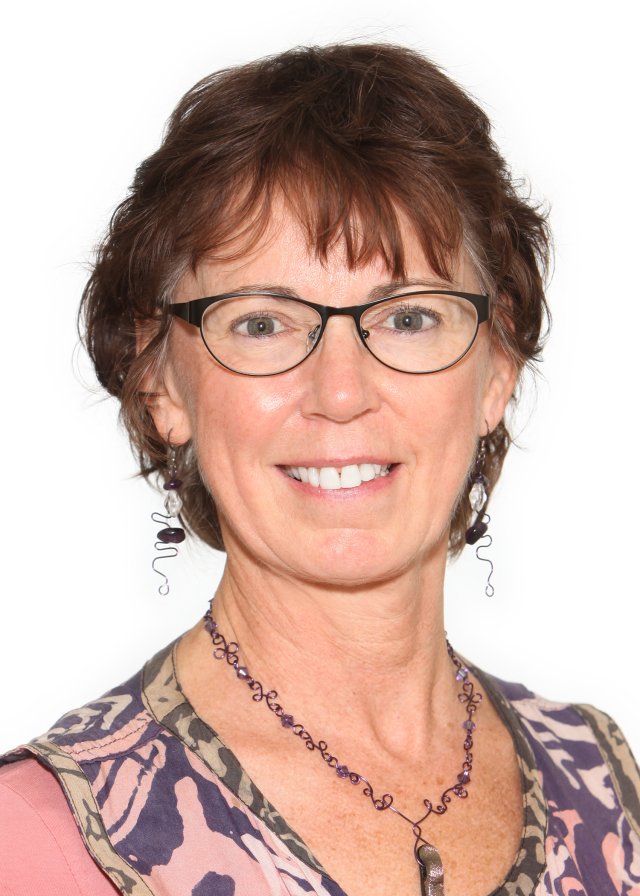
Mary Gilbert, Ph.D., Research Scientist
How does your work at EPA help protect public health and the environment?
I am a research scientist at EPA investigating the potential of endocrine disrupting chemicals to interfere with development of the brain. My training was in Neuroscience and Experimental Psychology, but my job at EPA introduced me to the worlds of neurotoxicology and then neuroendocrinology. I had much to learn and still do! A number of environmental contaminants interfere with the production or action of thyroid hormones, disrupting the intricate hormonal signaling mechanisms that orchestrate complex timing in neurodevelopment. We use rodent models to study the role of thyroid hormone on brain structure and function – when has the system been perturbed, how do we know, is the brain affected, and what are the consequences if it has been? The goal is to understand enough about the neurobiology of the developing brain and its interface with the thyroid system to provide the best tools for EPA to make scientifically sound decisions in the protection of children’s health.
What was your most challenging experience in school or work and how did you overcome it?
There were many challenges along the way. I went to a small liberal arts college in my hometown. I am from a large family and was the first in my clan to pursue an advanced degree. Although supportive, neither my parents, my siblings, or the community of friends I left behind to continue my studies really understood what it was I was trying to achieve or why. I think perhaps I was not so sure either, but I had been bit by the research bug in my undergrad Biological Psychology classes. I first volunteered and then was paid to run rats in mazes, record their sleep cycles, and look at the effects on learning of lesioning certain brain regions. As I had no academic female role models as an undergrad, in graduate school or as a postdoc, I made my way with many bumps along the road that could have been eased by guidance from someone older and wiser that had travelled that road before. So, perseverance was the word! I tried to just keep my head down and a forward momentum. You cannot dwell on the mistakes you make, just learn what you can from them and move on. Don’t burn bridges along the way – the world of science has a funny way of presenting that bridge to you again in the future.
Do you have any advice for young people interested in careers like yours?
My advice to young scientists is to just remain patient. Pursuing a Ph.D. and surviving even a series of postdocs is more about hard work, perseverance, and tenacity than intelligence. I met some brilliant people along the way who just couldn’t get there, often because the setbacks they experienced were seen as insurmountable or they were too impatient to wait for the ship to right itself again. Everyone has those setbacks, your resilience in moving past them is a critical skill. The other thing to remember is that you are not alone – on those bad days, everyone feels some degree of inadequacy, some just hide it better than others. I think women often suffer from ‘Imposter Syndrome’ more than our male colleagues, even very accomplished female scientists who you know are brilliant and you aspire to be like also have had those feelings. Do not let it beat you! If you have an interest, volunteer to see if you really like it. Working for ‘free’ pays huge dividends when you try to apply for graduate school or jobs in the field you love. Find a good mentor – they come in many forms. Build your network, start early and be genuine. Respect your peers as they will be your colleagues down the road.
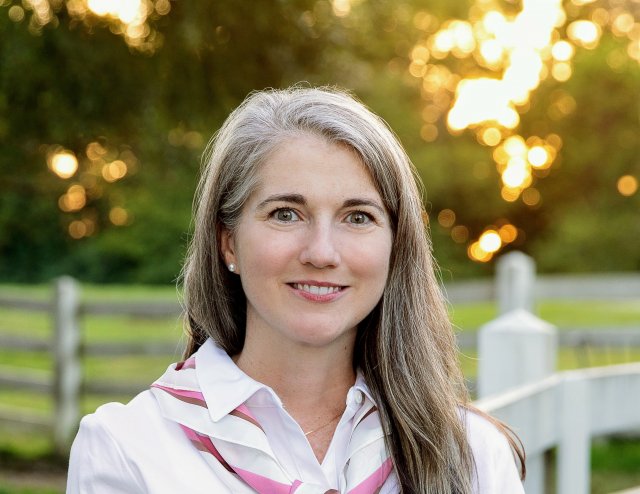
Mary Clare Hano, Ph.D., MPH, Environmental Health Social Scientist
How does your work at EPA help protect public health and the environment?
As a social scientist at EPA, I lead and contribute to a range of applied research studies that focus on how to bring about change in complex, social environmental health issues. Currently, my work focuses on health risk communication and building capacity to increase resilience and improve outcomes associated with environmental public health concerns, such as wildland fire smoke events. I leverage community-engaged research designs as a way to intentionally involve stakeholders in each phase of a project such that the research questions, approach, and findings reflect their needs. Through an engaged research design, I hope my work contributes to addressing the real concerns and needs of those who are impacted by the research topic, while also contributing to the scientific knowledge-base on effective strategies to reduce environmental health burdens for individuals, organizations, systems, and communities.
What was your most challenging experience in school or work and how did you overcome it?
One of the experiences I have in my professional life that I find challenging is balancing my different roles and interests. The old saying about how when it comes to the weather the only guarantee is it will change also applies to contexts like school and work where projects, coworkers, and circumstances are ever evolving. I would not say that I have overcome the challenge with maintaining balance because those social contexts regularly change, but I have developed strategies that seem to be helpful. One strategy is practicing prioritization skills, and then making time for the tasks and activities that need to be addressed even when that means pausing my work on others. Another strategy that I practice is taking a small amount time before responding an invitation to engage in an exciting new project. By allowing myself time to think before committing, I can usually come up with ideas for how I might offer support to a new project while also moving my other work forward. A third strategy that I try to practice is being open-minded. Even when I do not immediately fully understand a new idea, approaching it openly allows me to learn more and take advantage of opportunities that sometimes emerge only after a project or collaboration is underway.
Do you have any advice for young people interested in careers like yours?
Practice your skills in critical reflection, imagination, and persistence. Practicing critical reflection has helped me identify the kind of work and the topic areas I might focus on in my career. Flexing your imagination skills may help you envision professional roles to aim for and chart a course for how you might fill that role, which may be particularly important if your path forward is not already paved. Practicing reflection and imagination has also helped me come up with new ideas for how to approach my work such that my efforts might make an impact. And finally practicing persistence seems to be key across many different aspects of my career and personal life. Practicing skills in reflection, imagination, and persistence has helped me navigate different periods of my career, such as accepting a job offer in Washington DC after finishing grad school in 2003, deciding to take time off from my career when my son was very young, and enrolling as a full-time doctoral student after 10 years in the professional workforce. These skills have also helped me to engage in successful mentoring relationships by recognizing opportunities to develop relationships with others who can help guide me and who I might help in return.
Check out part one of Celebrating Women's History Month.
